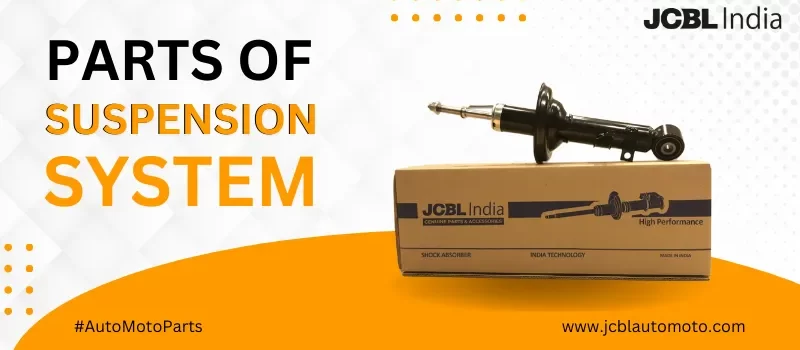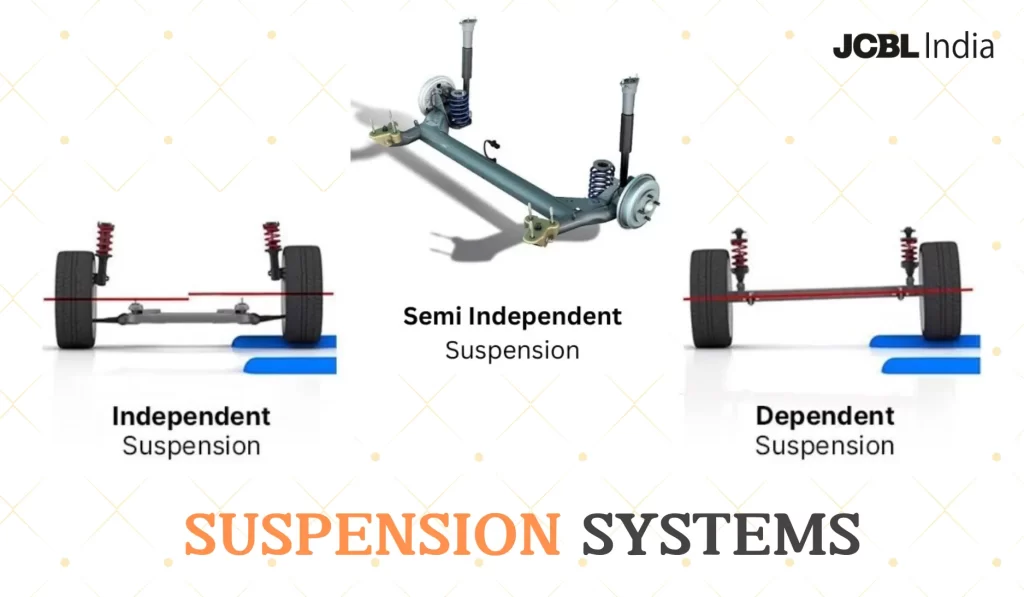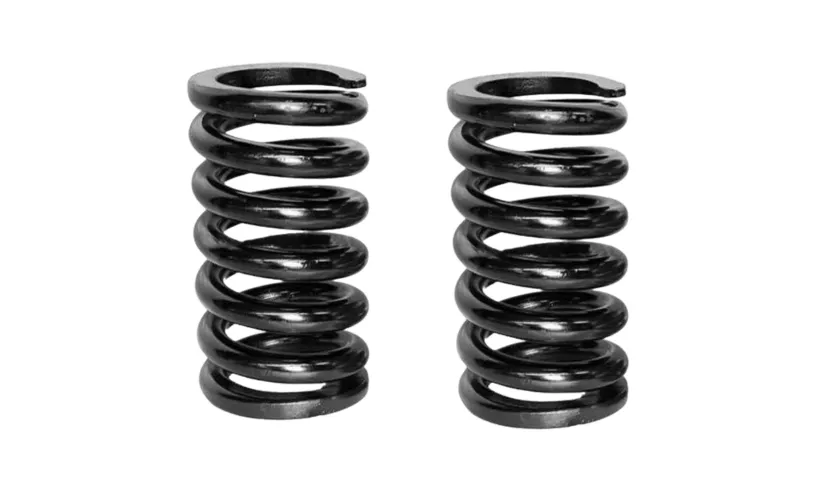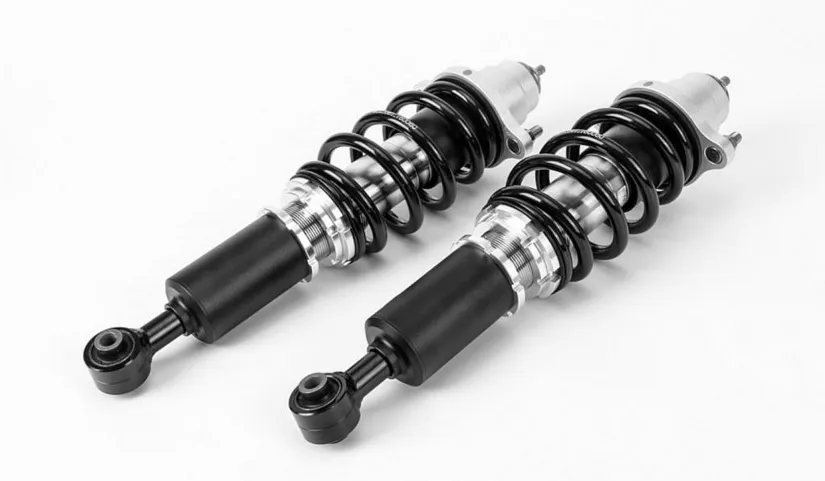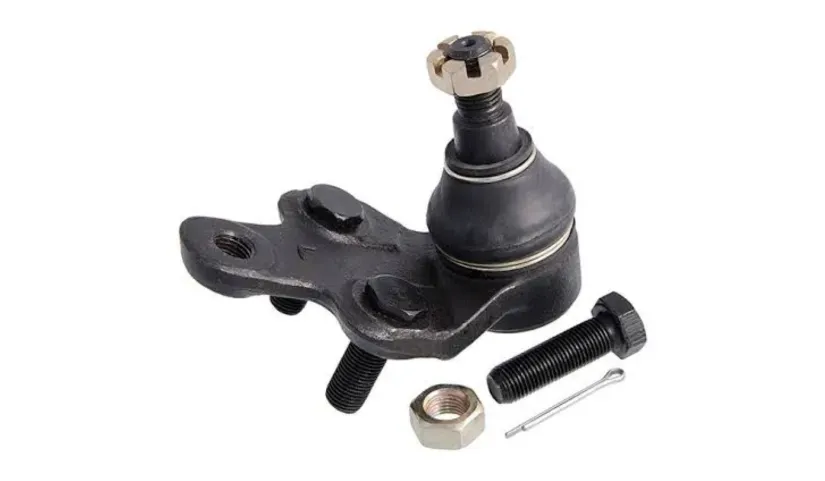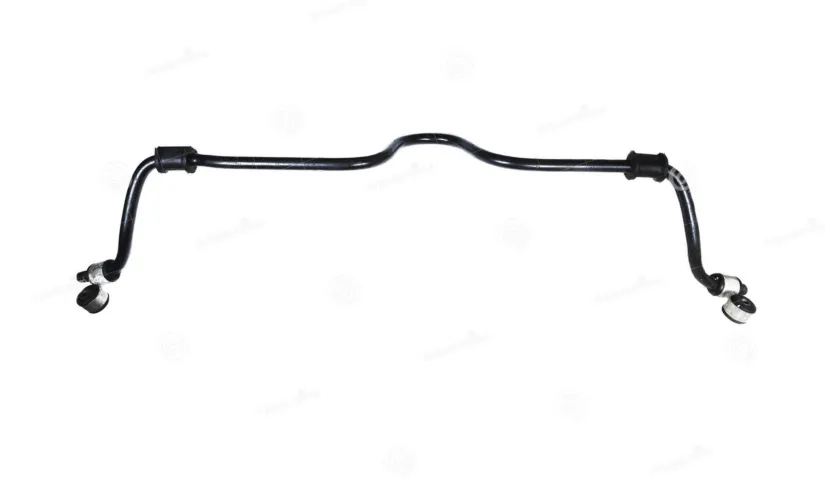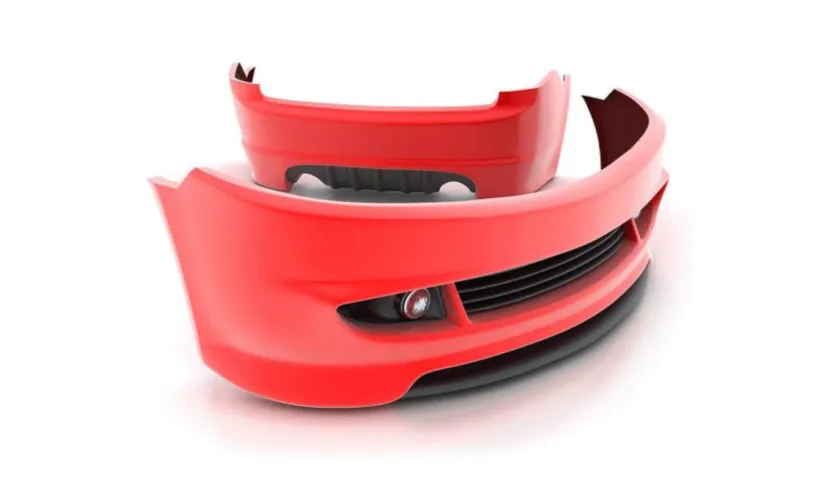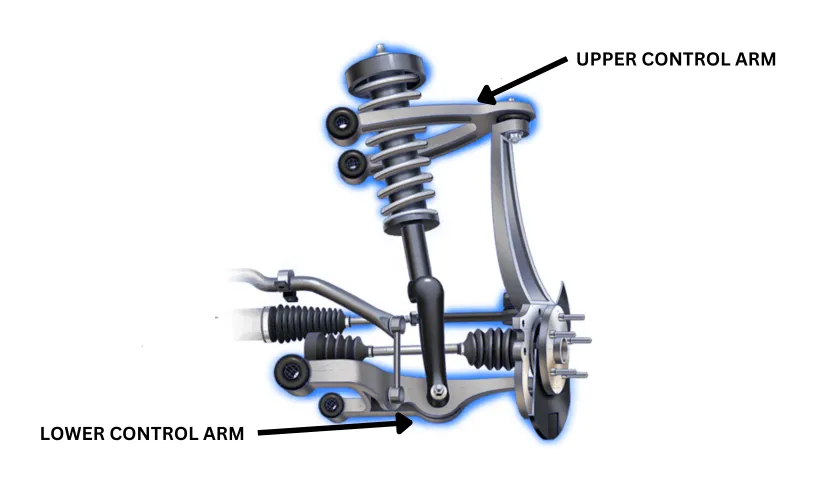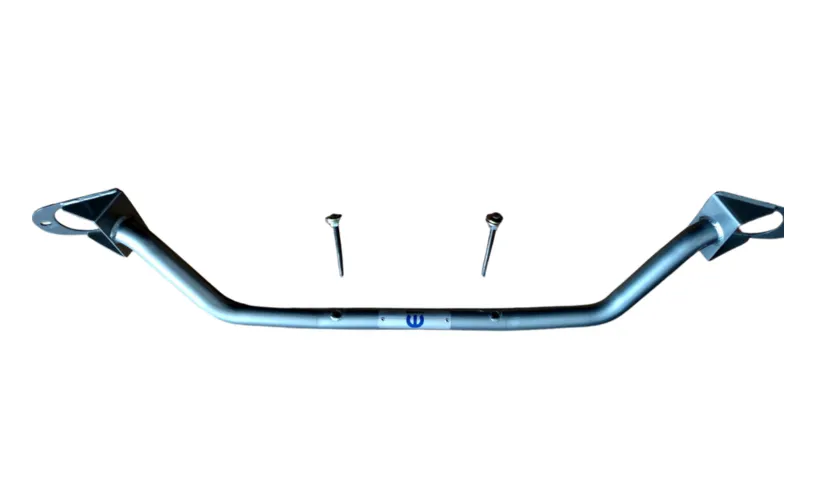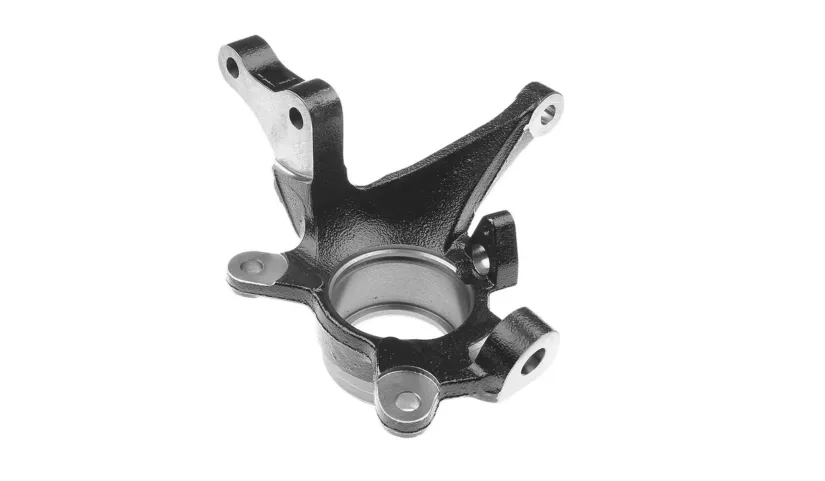The suspension system of a car plays a crucial role in ensuring a smooth and comfortable ride while also contributing to the vehicle’s overall safety and handling.
The suspension system is a car chassis placed around the body with wheels. The suspension system is deliberately designed to anticipate the various surprises that uneven road surfaces can bring.
With a suspension element, the car is more comfortable to drive. Suspension can also increase the wheel’s ability to grip the road. There are at least several main functions of a car’s suspension. The main function of the suspension system is to reduce or absorb various car vibrations generated by the road surface. This will make the passengers of the vehicle feel safe and comfortable in the vehicle.
In addition, this system can also transfer the braking system and movement to the car body using friction between the wheels and the road. The suspension can also support the body on the axle and help maintain the geometric position of the body with the car’s wheels.
Understanding the various car suspension parts and their functions is essential for both car enthusiasts and everyday drivers. In this blog post, we’ll delve into the types of suspension systems and explore the key components that make them work seamlessly.
Types of Suspension Systems
1. Independent Suspension
Independent suspension is popular in modern vehicles due to its better handling, comfort, and stability. This type of suspension allows each wheel to move independently, minimizing the transfer of motion between the wheels. It usually consists of a combination of suspension arms, shock absorbers, springs, and connecting links.
2. Dependent Suspension
Dependent suspension, also known as solid axle suspension or live axle suspension, is a simpler suspension system. Generally, older vehicles and heavy-duty applications tend to contain them. This preserves the original meaning while breaking the sentence into two shorter sentences with fewer words. In this system, the two wheels of an axle are connected, so the movement of one wheel affects the other.
Also Read: Car Engine Air Filters: Function, and Types
3. Semi-Independent Suspension
As the name suggests, semi-independent suspension systems combine some aspects of independent and dependent suspensions. They offer a compromise between the advantages of independent suspension and the simplicity of dependent suspension. Semi-independent suspension, which is commonly used on several vehicles including some budget cars and motorcycles, is the preferred option.
9 Car Suspension Parts and Their Functions
1. Spring
Springs are an important component that plays a vital role in the suspension system of a car. The main function of the springs is to absorb or cushion the different impacts generated by the friction of the road with the car wheels so as not to spread to the bodywork.
The springs also have the function of helping to increase the traction of the wheels on the road, which will make passengers feel comfortable in the car. Of course, if the vehicle does not have springs, the car will not drive stably.
Types of springs in a car suspension include but are not limited to, coil springs or coil springs, leaf springs or leaf springs, and torsion bar springs.
2. Shock Absorber
A shock absorber is a component of a car suspension that serves to dampen up and down movements or oscillations caused by springs that absorb various impacts or vibrations from the road surface.
In a shock absorber, there is a liquid that acts as shock absorber oil. The damper fluid will absorb spring oxidation due to the resistance of oil flow through a small hole or orifice as the piston moves in a cylinder contained within the damper.
Car shock absorbers are divided into several types. The shock absorber consists of a single type shock absorber and a double action shock absorber depending on its operation.
3. Ball Joint
The ball joint is a suspension system part that helps the car tolerate various lateral and horizontal loads on the car. Additionally helpful as an axis of rotation when the vehicle is turning is the ball joint. Ball joints come in two primary varieties: upper ball joints and lower ball joints.
In a ball joint, oil is also present which is useful for lubricating the different parts that rub against each other. Naturally, without oil, friction will not function correctly and the ball joint will not perform at its best.
4. Stabilizer bar
The stabilizer bar is a component of the car’s suspension that maintains the balance of the body when the car turns. When the car turns, it will certainly create centrifugal force, which is the force exerted by an object spinning or spinning off the track.
Generally, the stabilizer is an iron rod connected or connected between the lower arm of the left and right wheels. In the middle, it will normally be connected to the body of the car. Stabilizer iron rods generally have reasonably high elasticity, so their performance follows the car’s specifications.
5. Bumper
A car bumper has an additional component included in the suspension system. A bumper consists of several parts such as bounding and rebounding. Both are usually installed to protect the axle, frame, shock absorber, and others.
The protection will be realized when the position of the spring is in a state of expansion and contraction beyond its maximum limit. This will prevent any damage to the limit and rebound components.
The bumper bounce will generally take effect when the car shrinks, and the bumper bounce will affect when the vehicle is inflated. The bumper is one of the additional components of the suspension system and it plays an important role in the vehicle.
6. Lateral Control Rod
The lateral control rod is one of the lesser-known additional car suspension components, although it is certainly present on a four-wheeled vehicle or car.
The side control bar component has the function of holding the axle when a load comes from the side. The side control bar is usually installed between the vehicle axle and the vehicle body.
7. Upper and Lower Arm
The upper and lower arms parts of the suspension system, whose function is to connect the knuckle arm to the body of the car so that the wheels are attached to the knuckle arm. Not all suspension systems will have an upper arm, but they will always use a lower arm.
The arms function like a human hand that can move up and down in a car’s suspension system. In mechanical terms, this component is known as the wishbone or a-arm. The upper and lower arms allow the car to turn stably.
8. Strut bar
The strut bar is a component of the car’s suspension system that serves to support the lower arm so that the front wheels can function properly. When driving a car, the steering wheel can turn on its own and this condition usually occurs when the vehicle is in a straight position after a turn.
The steering wheel turns quickly because the front wheel of the car is designed with a tilt often called front wheel alignment. Front-wheel adjustment is often known as the spooring process.
When the spooring process is carried out, the adjustment will be made to the strut bar nut. The strut bar functions to prevent or keep the lower arm from moving forward or backward.
9. Knuckle arm
The knuckle arm is a car suspension component located in the front of the car wheel. The wheels of the car will rotate continuously on the spindle shaft coming from the knuckle arm. The knuckle arm component will also connect to the lower arm via a ball joint.
Tips for Maintaining Suspension Parts
- Regular Inspection: Routinely check for signs of wear or damage on springs, shock absorbers, struts, and control arms.
- Wheel Alignment: Ensure proper wheel alignment to prevent uneven tire wear and improve handling
- Quality Replacement Parts: When replacing suspension components, opt for high-quality parts to ensure durability and performance.
- Professional Maintenance: Seek professional assistance for complex suspension repairs and maintenance tasks.
Also Read: What Are The Parts Of The Brake System?
Wrap Up
Understanding the functions of car suspension parts is essential for maintaining a safe and comfortable driving experience. Regular inspections and proper maintenance of these components can significantly contribute to the longevity and performance of your vehicle. Whether you’re a car enthusiast or a casual driver, being informed about your car’s suspension system empowers you to make informed decisions and enjoy a smoother ride on the road.
To discuss your requirements with JCBL India and get answers to all your questions about car suspension parts, and other car spare parts, call +91-8288076221, +91- 8968100180, or email us at sales@jcblautomoto.com. You can also fill out our contact form, and our experts will contact you shortly.

